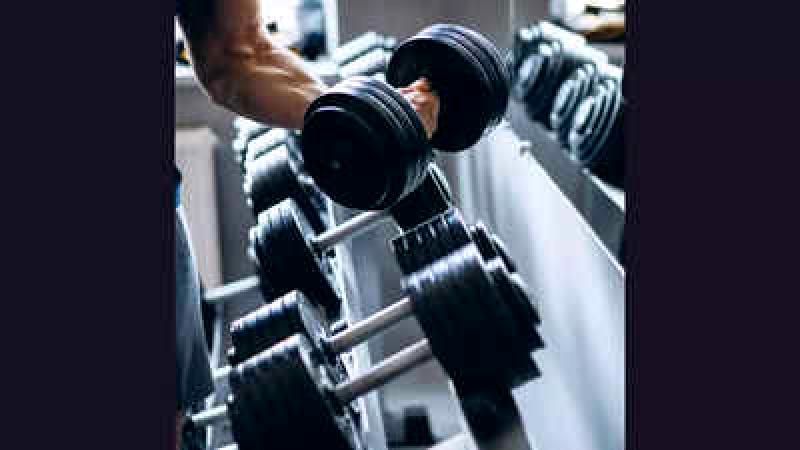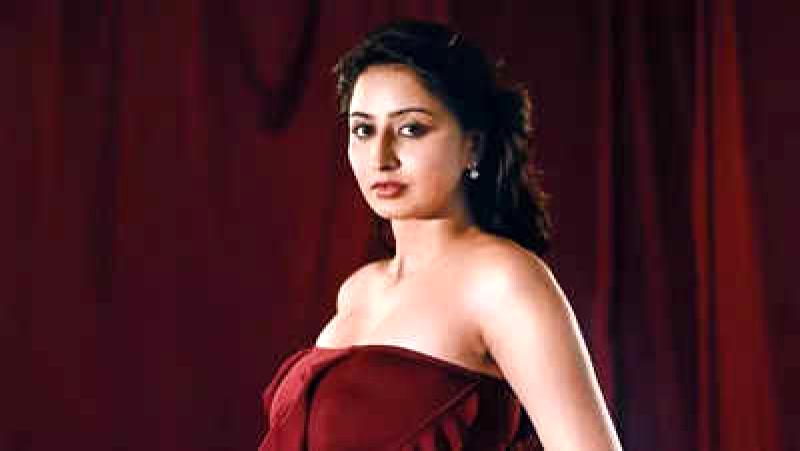
On screen, women in the Kannada film industry are hailed as 'sheroes'. However, behind the scenes, they continue to face challenges in asserting themselves and finding their rightful place. While their performances, wardrobes, makeup, and hairstyles receive recognition and praise on screen, the women working behind the scenes struggle for basic amenities such as washroom facilities on film sets. The issue of pay disparity is also a significant concern. The industry has undergone significant changes in the past decade, witnessing a notable increase in the number of women working on film sets in various roles, from stylists to choreographers to cinematographers. Despite this progress, the industry's infrastructure and environment still predominantly cater to men, with inclusivity being a point of ongoing discussion. Women in the industry often face everyday sexism as part of their professional lives. Some choose to adapt and persevere with the hope of a better future, while others opt to leave the industry and pursue independent work. Here is an insight into the aspirations and challenges faced by these women:
Patriarchal System Suppresses Female Technicians:
Within the makeup industry, male professionals known as 'make-up dadas' hold dominance. The association for makeup artists is also predominantly male-led. Women in this field are often belittled by male counterparts who believe their experience spanning generations makes them superior. When working through the association, female makeup artists may earn as little as ₹2,000-3,000 per day, compared to the ₹15,000-20,000 they can earn independently. While female leads may request a specific makeup artist, the association often assigns a male counterpart to work alongside them. This dynamic can lead to uncomfortable situations on set, where the male counterpart assists the actress with tasks like zipping up costumes or applying certain makeup, leaving the female artist feeling marginalized.
Actresses such as Vydurya Lokesh are often only considered for smaller projects by the industry. A screenplay writer shared their frustration with how producers assume that women are only capable of handling specific types of films, limiting their opportunities. There is a perception that women are better suited for low-budget or niche projects, and breaking away from these stereotypes can be challenging. The writer also mentioned instances of gender bias in the industry, such as being paid less than male counterparts or facing resistance from crew members due to their gender. A screenwriter and associate director emphasized the need for a fundamental shift in the industry to address these issues and provide better support for women professionals. Similarly, a stylist recounted challenges faced on set, from lack of basic facilities to being labeled as demanding for requesting necessities. Despite some progress towards inclusivity in the industry, there is still a long way to go in ensuring that women are treated fairly and provided with essential support.Sparsha RK, a voiceover artist and singer, emphasizes the importance of having more female representation in the entertainment industry. She points out the lack of dialogue for women in films, leading to a disparity where female dubbing artists have fewer opportunities compared to males. Moreover, there is a noticeable absence of women-centric films and solo songs featuring women, with a prevalence of duets and 'item songs'. Sparsha advocates for the need to amplify women's voices onscreen.










